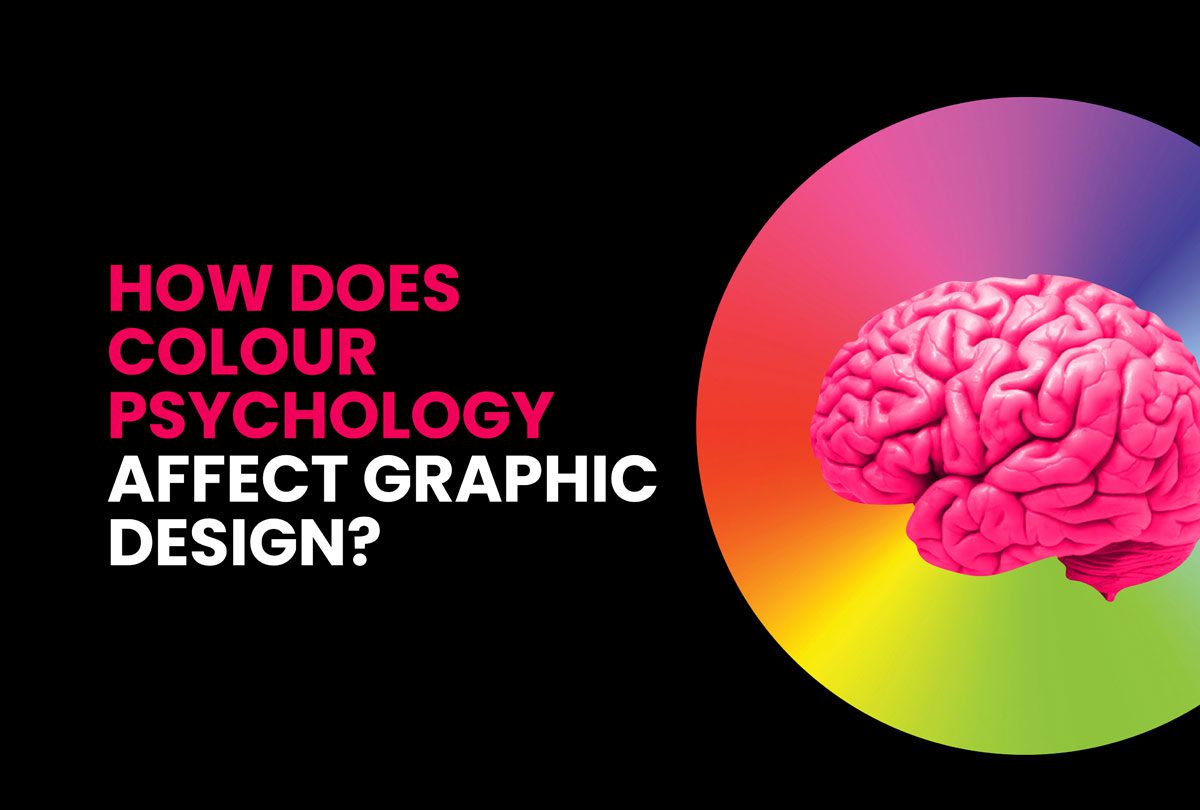As human beings, our emotions and behaviours could be heavily influenced by the colour we see. Colours can have diverse moods depending on our tastes, upbringing, and cultural background. For example, colours may either enhance or reduce food tastes, induce sleep, or make you feel mentally stimulated.
The psychology of colour and graphic design are inextricably linked. Because of this, colours are purposely employed in product design, packaging, advertising, and website design. With the right colours, businesses can attract customers and sway buying decisions in their favour.
Every expert graphic designer must know which colours compliment the brand and the company’s goals. It is part of their job to use colour psychology to elicit the desired responses from customers and take into account important details such as the cultural background.
Moreover, this also entails taking into account the kind of customer the business wishes to target. Knowing the consumer well and employing colour psychology, a graphic designer can make wise decisions and produce their best work.
TAKING A CLOSER LOOK AT COLOURS
Warm Colours
The warm colours are red, orange, and yellow, as well as their tertiary forms. They are typically upbeat, exciting, happy, enthusiastic, and energising.
- Red is associated with passion, strength, intensity, excitement, love, trust, comfort, and warmth. Meanwhile, it can also be negatively associated with danger, rage, violence, fire, and warfare. Light red is typically used as an accent colour in graphic design, whereas dark red creates a professional and sophisticated aesthetic when combined with grey and white.
- Orange is associated with excitement, energy, health and life, friendliness, enthusiasm, attractiveness, earthiness, seasonal change, affordability, and warmth. It is widely used to stimulate appetite in food and beverage establishments.
- Yellow is associated with warmth, joy, attention, happiness, and hope. Meanwhile, it is associated with rage, dissatisfaction, caution, cowardice, and deception. Soft yellows are frequently used in children’s products, whereas gold and darker yellows provide long-lasting appeal or permanence.
Cool Colours
The cool colours are green, blue, and purple, as well as their tertiary variations. They are more restrained, relaxed, professional, and soothing in general.
- Green is associated with nature, growth, health, new beginnings, money, renewal, serenity, abundance, fertility, luck, harmony, and balance. It can also be associated negatively with jealousy, envy, and greed. For design, it represents nature, rejuvenation, stability, and wealth.Lighter greens are most common in vibrant, stimulating designs, olive greens are most commonly used to depict the natural world, and darker greens reflect prosperity and stability.
- Blue is associated with authority, peace, liberalism, masculinity, responsibility, serenity, power, and calmness. On the other hand, it could be despair, depression, vulgarity, or adult themes. It is commonly used in the design of child items, while mild blues are used for relaxation, bright blues are for feeling refreshed and energised, and dark blues show stability and strength.
- Purple is associated with creativity, mystery, spirituality, imagination, luxury, royalty, romance, money, and military honour. Light purple is commonly used for melodies, beauty, and romance, while dark purple is used for upscale enterprises and services.
Neutral Colours
Neutral colours are essential for graphic design since they help to produce the desired impression in brands and marketing collateral. Neutrals have their deep meanings and messages.
- White is associated with cleanliness, purity, innocence, health, goodness, and serenity. However, it might be seen as frigid, dismal, soft, and uplifting at times. White is commonly used as a background for simple designs.
- Black is associated with magic, power, fashion, elegance, mystery, wealth, and formality. On the other hand, it is used for death, intimidation, mourning, and occultism. The default typeface colour is frequently used to convey mystery and refinement.
- Grey is frequently associated with professionalism, formality, and sophistication. However, despair, moodiness, and even dullness can be hazardous. It’s popular for backdrops and typography.
- Brown is associated with earthy, down-to-earth, warmth, steadiness, and dependability. This colour is frequently used for text, backgrounds, and natural wood aesthetics.
CONCLUSION
There’s a common notion that graphic designers simply have to draw on digital software and produce excellent work for clients and businesses. However, the real work goes beyond this—a competent graphic designer chooses the appropriate colour schemes while clearly understanding colour psychology. More than an acquired skill, colour psychology is now an essential component of excellent graphic design.
Are you looking for affordable graphic design services? 55 KNOTS offers high-quality graphic design subscriptions that are simultaneously affordable and impactful. As the leading creative agency in Australia, we are fully trusted by businesses, big or small. Try our 7-day free trial now!

